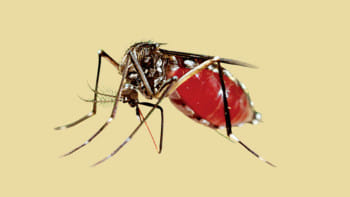European bison reintroduced to the UK

As the sun rose on Monday over southeast England, three bison emerged from a corral into a new woodland home as part of an ambitious project to transform the natural environment.
The trio immediately began munching birch tree leaves in the ancient woods near Canterbury, to restore and manage the area with their behaviour -- and minimal human interference.
It marks the first time in millennia that European bison -- the continent's largest land mammal and the closest living relative to ancient steppe bison that once roamed Britain -- will live in wild conditions once again.
"(It's a) really momentous occasion today," Mark Habben, of the Wildwood Trust which is leading the five-year conservation project, told AFP.
"It couldn't have gone any better... they took a glance back, looked at us and then disappeared into the woodlands," he added, moments after the release.
The female bison -- one matriarch and two younger cows -- will now graze, eat bark, fell trees and take so-called dust baths, churning up the ground in the woods.
This creates a multitude of benefits, helping other species forge habitats as the bison become the perfect "ecosystem engineers".
"We're doing this to restore the environment and restore a native English woodland and everything that thrives in and around that kind of habitat," explained Habben, saying it was "critically important".
After roaming the continent for millennia, the last wild European bison became extinct on the continent in 1927, due to hunting and habitat loss.
However, 50 animals remained in captive collections which have provided the basis for an extensive and intensive breeding programme, according to the project's conservationists.
The trio now calling the Kent woodland home are some of their descendants.
"The bison that we've selected are part of the European endangered species breeding programme," said Habben.
Another central aim of the habitat restoration project -- costing £1.1 million ($1.3 million) and largely funded by donors -- is to help British ecosystems cope with climate change and severe biodiversity loss.


 For all latest news, follow The Daily Star's Google News channel.
For all latest news, follow The Daily Star's Google News channel. 



Comments